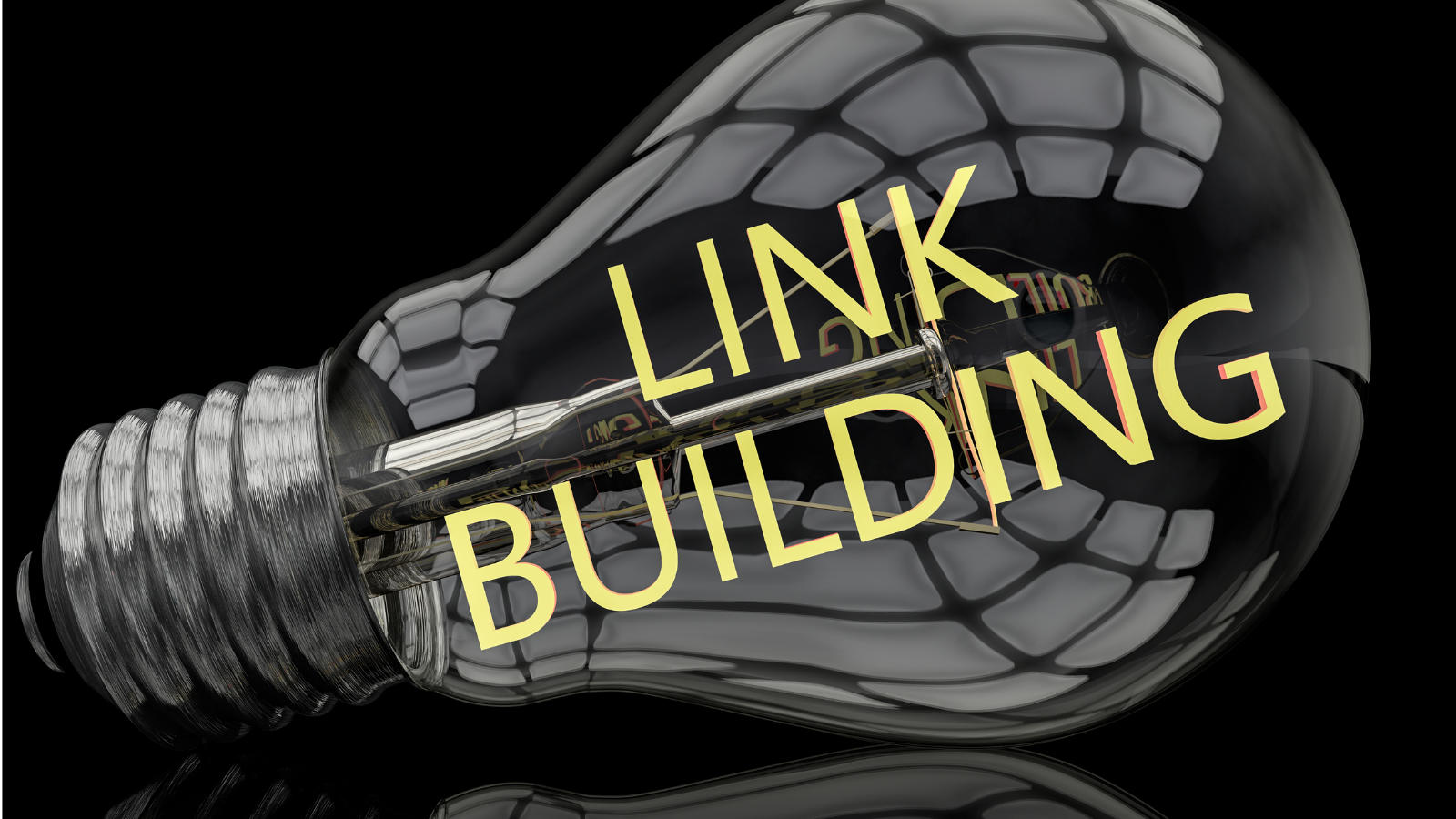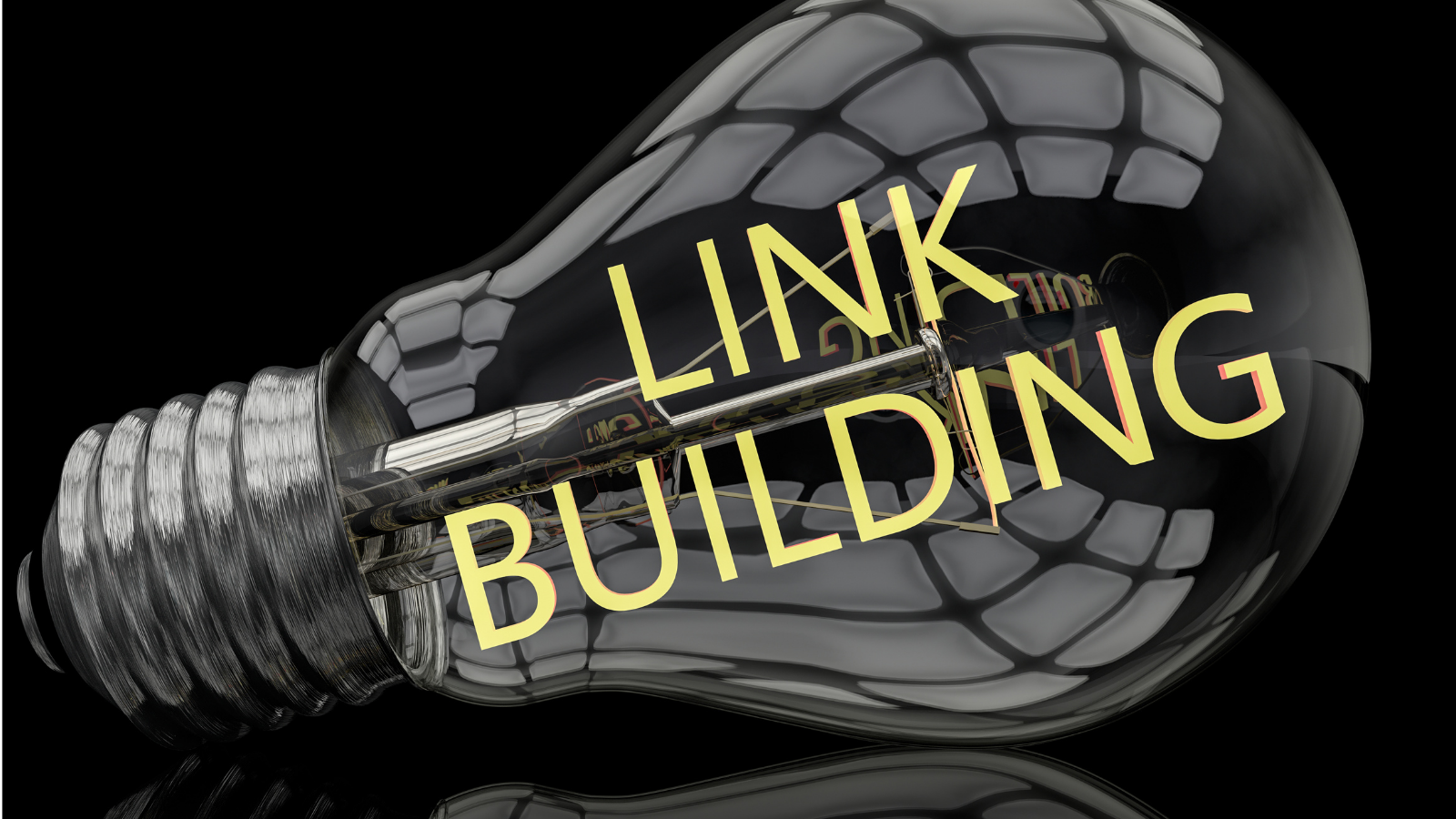Building a World-Renowned B2B Blog | Sell Smarter. Sell Faster.
How do you start a B2B blog? And WHY do you start a B2B blog? Episode 2 of Sell Smarter. Sell Faster. explored building a world-renowned B2B blog...
7 min read
 Amanda Meade
:
November 15, 2021
Amanda Meade
:
November 15, 2021


Link building used to be about gaining as many links as possible, usually through a high volume of blogging. But things have changed, now you need to build a high-quality network of links using a variety of strategies. High-quality links have a higher impact on search engine ranking, which is why we build links.
Blogging is still part of a successful link-building strategy, but you also need to use social media, examine your competition and create valuable infographics to gain links. You also need to utilize clever techniques like the broken link strategy and building a personal brand to get the most out of your link-building strategy. Using safe link building strategies, you can improve your website's ranking and avoid getting penalized by Google for shady practices.
Here are the eight best link-building strategies broken down.
 1. Write Guest Posts
1. Write Guest PostsDoes guest posting still work?
Yes, it does, as long as you do it correctly. You can’t just churn out endless guest posts and hope for the best. You need to be strategic and create unique, relevant content for high Domain Authority blogs within your niche.
To write an effective guest post, first, you need to choose an appropriate website to publish on. Appropriate websites for guest posts are relevant to the niche, have over 3,000 unique visitors, have a DR score of 50+, and a Trust Flow score of 20+.
Also, the traffic should ideally come from the same market you are targeting. For example, if you want US traffic, it’s best to target US sites. Avoiding sites that have frequent drops in traffic is a good idea as well, as it can be a sign of a Google penalty or other issues.
Once you’ve selected appropriate websites, you need to identify guest posting opportunities. A great strategy is to review the backlink profile of a leading website in your niche.
By looking at the referral domains, you’ll have a long list of appropriate domains for guest posting, just remember to filter them according to your criteria!
You can then narrow down your potential websites by finding out if they accept guest posts. The best way to do this is by searching for the website’s name followed by ‘guest post guidelines’.
If the website fulfills your criteria and accepts guest posts, it’s time to start writing; just make sure you stick to their guidelines.
The broken link strategy involves finding blog pages with broken links; you then offer to replace the broken link with your own content. Using the broken link strategy is great if you don’t have time to create new content, as you can use the content you already have. You get the traffic from the blog, which is valuable for building a link network. This approach also allows your site to benefit from the backlinking site’s domain authority and improve its search result performance.
How do you find broken links?
You can start by creating a list of authoritative websites that compete in your niche. Then, use an SEO tool like the Ahrefs Broken Link Checker to test the websites for broken links.
If you need to know what the broken link was, you can look at the anchor text using an SEO tool or use a tool like Wayback Machine. Also, once you’ve found a broken link, you can search the broken link on an SEO tool to find more websites using the same link.
To get the broken link replaced with your link, you need to reach out via email; the email should be as personalized as possible. But remember, for the broken link strategy to be effective, you need to reach out to as many potential leads as you can, so don’t spend too much time on each email.
One case study shows how Webology, a digital marketing agency, used the broken link strategy to earn six new links to a blog entry on their website. They started by sending personalized outreach emails to around 250 blogs in their niche. It took only 30 days before they had 6 high-authority blogs linking back to their content.
The best thing about infographics is that content editors are eager to use them! A quality infographic is a valuable asset to other websites and blogs, so if you have the right infographic, it will be used by other blogs and websites. Having your infographic on other sites with high domain authority will generate quality links and organic traffic.
Venngage found articles with infographics generate 178% more links than articles without them, so you should take advantage of this by utilizing infographics. But make sure your infographics are accurate and relevant to your niche for the best results
Here’s an example of an infographic that was able to generate links from multiple referring domains:
The infographic generated links from 126 referring domains. That included links from authority sites like Canva. Those links help boost the site authority, making it more likely that other content on the site will rank.
But what makes this infographic effective? The main reason is the dynamic, side-on-side presentation with contrasting colors. The presentation makes it clear 2 things are being compared and the color makes it clear which side is which.
The infographic above is so effective that websites still link to it in 2021, despite the infographic itself being created in 2013. It’s an infographic version of what content creators call “evergreen content” -- content that stands the test of time.
Infographics come in many forms, but the basic principles of having a clear layout and color-coding are universally explicable. Essentially, the audience should get as much information as possible without any confusion.
If your competition is outranking you, it’s a good idea to learn from their success. Look where their links are coming from and which keywords they’re using. The best way to do this is by performing a competitive analysis. The data will help you modify your keyword research.
Start by opening your SEO tool of choice, and input your competitor’s domain name in the search bar using the backlink feature. Then, scroll down to see the sites linking to your competitor.
You can use the data you gather through your competitor analysis to identify guest posts or link insert opportunities. Securing links from the same sites as your competitors is important if you want to maintain or improve your search rankings.
Building and expanding your personal brand is one of the best ways to improve your link-building strategy. Your personal brand is your thoughts and opinions put out into the world to become an authority within your niche. The more people recognize you, the more likely they are to link to your content. A great way to build your personal brand is by getting involved in roundups & interviews.
Neil Patel is a great example of someone who uses roundups & interviews to expand their personal brand:
Through interviews, Neil shares his wisdom on a wide range of topics across diverse platforms. The interview format means his audience gets a more intimate experience on topics he might not usually cover and introduces him to new people. Doing interviews with quality publications will do wonders for your personal brand, and the more you’re recognized, the more likely people will read your work, which means more backlinks.
But to interview well, you need to do your research on the topic: be prepared. Make sure you’re adding unique and valuable insights to the conversation. You also need to be yourself, offer personal touches, and let your personality shine through; don’t speak in robotic, preplanned phrases.
Another great way to build links is by developing a content partnership with a complementary business. A content partnership can be done in a few different ways.
You can:
Create content together to be used on both websites
One party can create the content, and the other promotes it
But to develop a content partnership, you first have to select an appropriate partner. Your partner should work in a related niche without being a direct competitor. You can easily find so many indirect partners while doing SaaS SEO. Also, you need to assess their Domain Authority and other SEO metrics to see if the partnership is beneficial.
Once you’ve selected your potential partner, you can contact them to try and make the partnership happen; make sure you show how the partnership could be beneficial for both parties.
A great example of a successful B2B content partnership is the collaboration between the Washington Post and Optum on a study about the effects of opioid substance abuse in the U.S.
Healthcare provider Optum used the Washington Post’s platform to create a mixed-media public service announcement about the opioid crisis. Although Optum did much of the work on the content, both parties benefited. Optum was able to gain a platform to shed light on an issue they were working on, while the Post got a piece of high-quality journalism for their readers.
You can leverage the reputation of trusted sites by pulling resources from them. The idea is to create a guide for your audience using resources from trusted sources within your niche. An example would be “20 Content Writing Blogs to Improve your Content.” The content would be a collection of resources from reputed sites to add value for your audience.
You can email the owners of the resources you’ve pulled and ask them to link back to your resource page as well. Don’t count on responses from everyone, but the ones that do will create valuable backlinks. In this scenario, everyone wins, so you are more likely to build a successful link-building strategy.
Social media has completely changed how we do marketing. So tapping into the huge potential of social media is a great way to improve your link-building strategies.
You can build links by sharing posts on your social media page; the more engagement you drive, the more your links will be shared. Using social media and community platforms means your links will reach people that otherwise wouldn’t find you. But you’ll also reach your target audience who like your page or are in the same social media circles.
But how exactly do you share content on social media to get back-links? Well, the first step is monitoring the social media spaces of your niche. What are people already saying? What is the audience interacting with? What can I add to the conversation?
Once you know what’s popular in your niche, you can start selecting or creating your content. Your content should fit in with the current content while adding something new. Also, you can reply to an existing conversation in a unique way to add value.
But before you post your content, you need to plan how you’ll promote it. The best way to do this is by building relationships with editors and influencers. The influencers you’ll want to use will write within your niche and use your keywords. To build a relationship with a micro influencer, you can engage with their content or reach out directly. You can also network with web publications editors to get direct links to social media posts.
If you want to improve your search engine rankings and gain greater visibility, you need a successful link-building strategy. But you can’t build links by aimlessly blogging, you need to use a wide range of strategies to build your links intelligently.
The first strategy you should utilize is social media. Sharing your posts is a great way to drive engagement, particularly with people that wouldn’t otherwise see your content. You also need to use the broken link strategy. The broken link strategy involves finding broken links in the content of others and offering to replace the broken link with your content.
Writing guest posts is also part of a successful link-building strategy. Doing this intelligently means you write unique, relevant content for high Domain Authority blogs within your niche. Creating infographics is also a great way to build links. But make sure your infographics are relevant to your niche and accurate.
You can also compile resources from trusted sites to create valuable content for your audience. Once you’ve created a collection of valuable content, you can approach the creators and hopefully get them to link to your compilation, which creates links. Building a strong personal brand and being a recognized authority within your niche is a good way to build links, too. But you need to examine the links that are working for your competitors and use them to your advantage as well.
A successful link-building strategy is about creating a wide network of high-value links using these techniques. Once you’ve started gaining valuable links, it’s easier to get more; you just need to get the ball rolling. So, implement these strategies today to build links and improve your search ranking position.

How do you start a B2B blog? And WHY do you start a B2B blog? Episode 2 of Sell Smarter. Sell Faster. explored building a world-renowned B2B blog...

Social media is an essential piece of your inbound marketing strategy. Once you’ve created valuable content, social media is a great way to deliver...

SEO is one of the most critical strategies for B2B marketers. A strong SEO strategy is an excellent way to increase visibility and leads to more...